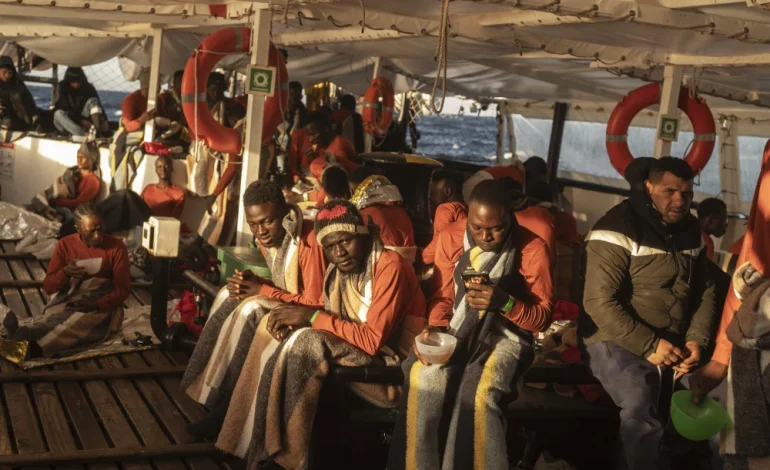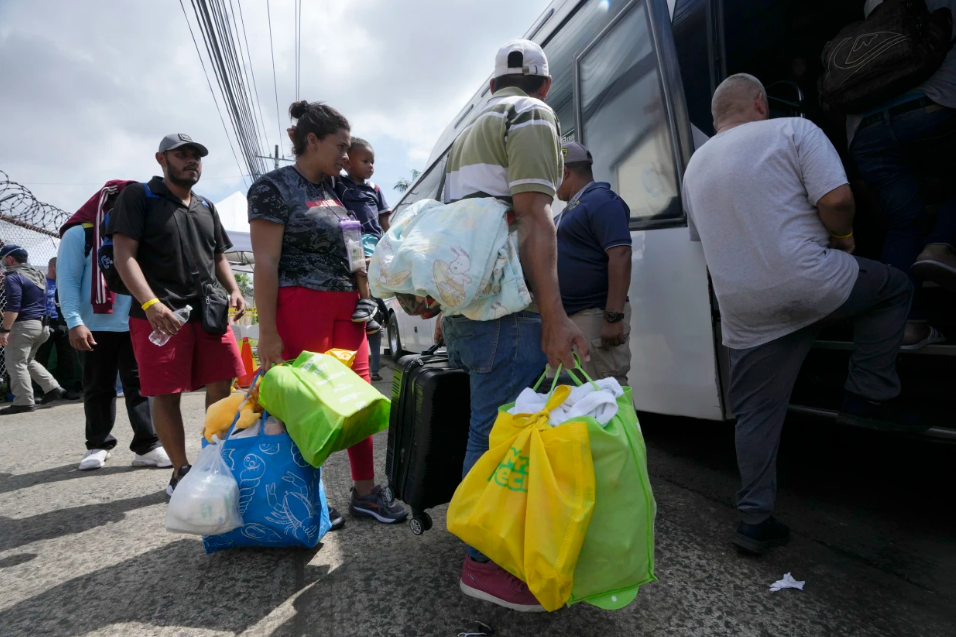Two mass graves discovered in southeastern Libya have revealed the remains of dozens of migrants, some bearing gunshot wounds, Reuters reports, citing the International Organization for Migration (IOM).
One of the sites is believed to contain up to 70 bodies.
The discovery follows an announcement on Sunday from Libya’s attorney general, who confirmed that at least 28 bodies had been exhumed from a separate mass grave in the desert north of Kufra city. Authorities have attributed the deaths to a gang accused of subjecting illegal migrants to torture and inhumane treatment. Forensic tests are underway to determine the precise cause of death, and three suspects have been detained.
Prior to this, 19 other bodies were found in a mass grave in the Jikharra area, also in southeastern Libya. A security directorate has blamed a known smuggling network for this discovery. Franz Prutsch, senior program coordinator for immigration and border governance at the IOM, told Reuters that these 19 bodies displayed “signs of injuries, including inflicted wounds and gunshots.”
Speaking from Tripoli, Prutsch stated that the grave near Kufra is estimated to hold between 30 and 70 bodies. The IOM has been unable to determine how long the bodies have been buried, but suggested they may have been there for a significant period.
These grim discoveries are not isolated incidents. In March of last year, the bodies of 65 migrants were found in a mass grave in the southwest of the country.
Libya has become a major transit point for migrants, often fleeing conflict and poverty in their home countries, attempting to reach Europe via the Mediterranean Sea. The IOM’s Missing Migrants Project reports that some 22% of the 965 recorded deaths and disappearances of migrants in Libya occur on land routes.
The situation underscores the dangerous conditions faced by migrants traversing Libya. Just last month, Libyan authorities announced the liberation of 263 migrants, of various sub-Saharan nationalities, who they said were “being held by a smuggling gang in extremely poor human and health conditions.”








